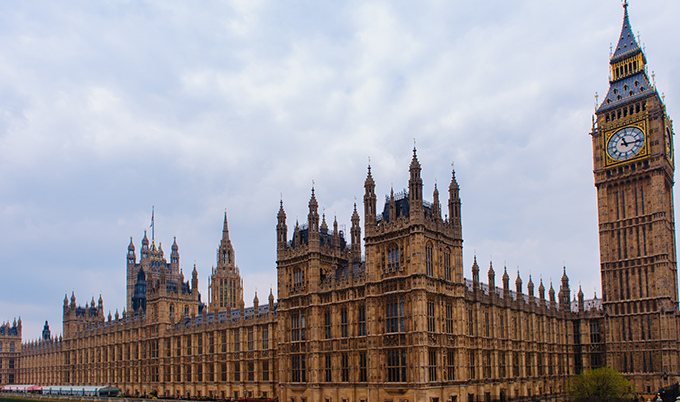votes for women had no immediate impact
How votes for women failed to deliver immediate change
Published on: 15 March 2018
The House of Commons that was elected just months after women were given the right to vote failed to live up to the promise of a more representative democracy, a Newcastle University academic says.
Sweeping changes
The Representation of the People Act came into effect in February 1918 and led to significant changes in the electoral system. But the outcome of the election that followed later that year was a stark contrast to the fanfare that led up to the Act being passed.
Writing in a special issue of the journal Parliamentary History, Dr Martin Farr, Senior Lecturer in Modern and Contemporary British History, argues that although the sweeping changes the Act brought in helped create the blueprint of our modern democracy, its immediate impact was to produce a highly unrepresentative and undemocratic House of Commons.
“Despite the years of campaigning for women’s suffrage, the passing of the Act received a muted response,” says Dr Farr. “Although it captured the imagination of both the public and parliamentarians during the early stages of it making its way through Parliament, once it had passed its third reading it was scarcely mentioned by the media, by politicians or even in campaign material.”
In addition to extending the right to vote to women aged over 30, the 1918 Act gave all men aged over 21 the vote and abolished the requirement for them to own property before they could vote. As a result, the size of the electorate had doubled and included more than 8 million women. However turnout in the election was 58.9%, the lowest of any 20th century election.
It also introduced changes to the number of constituencies, leading to a large increase in the number of MPs.
But while the Act had the greatest impact on women, they played virtually no part in the election that followed. Of more than 1,600 candidates that stood for election in 1918, only 17 were women.

A new politics?
Extending the right to vote to all men over the age of 21, regardless of whether they owned property played a large role in Labour gaining a much greater share of the vote. This was largely at the expense of the Liberals, who didn’t have the same working class roots.
But despite the surge in votes for Labour and the much larger number of MPs overall, the House of Commons was still dominated by two parties – the Conservatives and the National Liberals.
Not long into the new Parliament, there were criticisms about the poor attendance by a number of MPs. This, and a packed legislative programme, meant that there was little time for debate and in practice MPs were doing little more than agreeing to the Government’s proposals.
Dr Farr adds: “One of the biggest criticisms of the 1918 Act was that the re-drawing of constituency boundaries produced much confusion and a much-expanded, crowded, and congested House. In addition, concerns were raised about new members’ lack of experience and interest in Parliamentary traditions and protocol, and indeed their general inattention and unprofessionalism.
“Although it ultimately led to profound change and ushered in the modern age of democracy, the immediate impact of the general election of 1918 was that of confusion. As important as it was to extend voting rights to a greater portion of the population, the chaos and speculation that followed undermined much of the sense that the Representation of the People Act would bring about a much more representative House of Commons.”
Reference: ‘The Impact of the 1918 Reform Act on the House of Commons’ Martin Farr. Parliamentary History, February 2018
DOI: 10.1111/1750-0206.2018.37.issue-1/issuetoc



